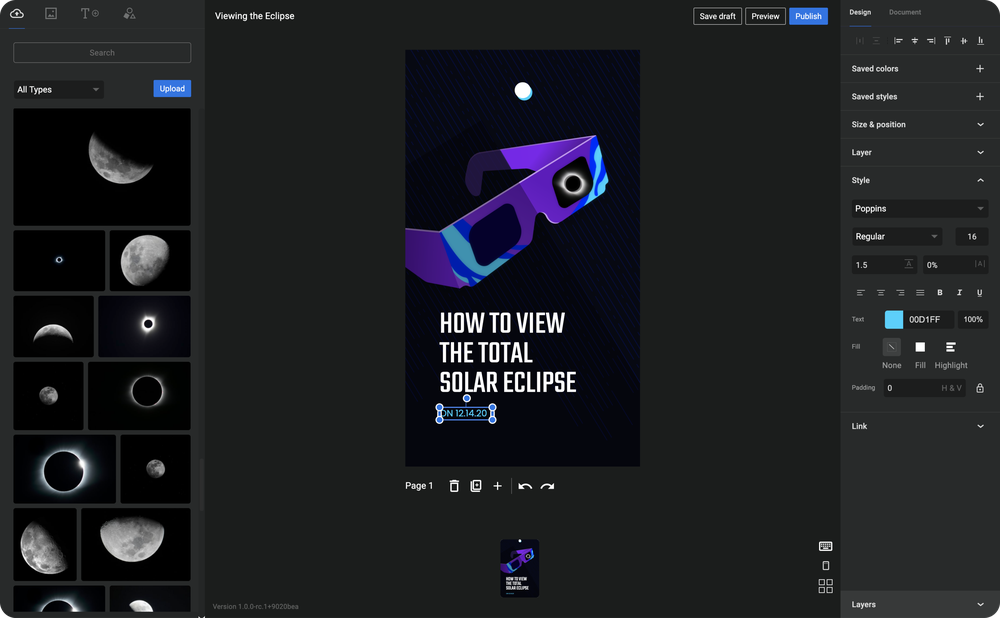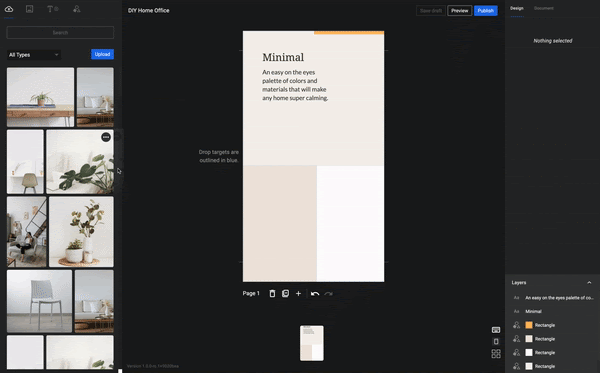
Google Analytics is being updated to help businesses get a clearer understanding of their customers and ultimately get better ROI.
Read our short blog to find out what changes are being implemented and what benefits this could present to your business.
Google Analytics is a vital tool that millions of businesses, big and small, rely heavily on to gather significant insights into their customers and clients. With recent major shifts in consumer behaviour and privacy-driven changes to long-time industry standards, Google Analytics current approaches just aren’t keeping pace.
Google has stated that the new update “has machine learning at its core to automatically surface helpful insights and give you a complete understanding of your customers across devices and platforms”.
Four new powerful features are being introduced:
- Smarter insights
- Deeper integration with Google Ads
- Customer-centric data measurement
- More granular data controls
Smarter Insights
As a result of Google’s advanced learning models, Analytics can now automatically alert you of any trends in your data. This means that you can easily identify which of your products or services are receiving the highest demand, so you can more accurately anticipate your customers’ future actions.

Google are continuously adding new metrics. One is a metric that can predict the potential revenue you could earn from a particular group of customers. This will allow your business to target high-value customers and gather more insights into why that audience is spending more than another audience.
Deeper Google Ads Integration
With smarter insights and new features, such as the metric mentioned above, it is easier to improve the ROI of your marketing by utilising the information you gather. The deeper integration with Google Ads allows you to “create audiences that can reach your customers with more relevant, helpful experiences, wherever they choose to engage with your business”.
Google Analytics can measure app and web interactions together so it can now include conversions from YouTube engaged views that occur in-app and on the web in reports.

Customer-Centric Data
Customer-centric measurements are replacing the measurement fragmented by device/platform to give you a better understanding of how customers are interacting with your business.
Customer-centric measurements use multiple identity spaces, including marketer-provided User IDs and unique Google Signals, but only if the user has opted into ads personalisation.
You can gather a better understanding of when a user first discovers you to when they are converted, which is critical information. You will be able to identify what channels are driving new customers in the user acquisition report and then use the engagement and retention reports to understand the actions users are taking and whether they stick around after converting.
Data Controls
The new approach to data controls will allow businesses to better manage how they collect, retain and use their Analytics data. There are more granular controls for ad personalisation to let you choose when to use the data to optimise your ads and when to limit data use to measurement only.
Google Analytics is designed to adapt to a future with or without cookies and identifiers. Modelling will also be included in the future, to fill in the gaps where data may be incomplete. So, all in all, you can rely on Google Analytics to help you measure marketing results and meet customer needs now as you navigate the recovery and as you face uncertainty in the future.
To get more information or to start utilising Google Analytics on your website give us a call today on 01543 387 047 or book an appointment now, we’d be happy to help.




























